
Diamond stands up to a squeeze. Surprisingly, the material’s structure persists even when compressed to 2 trillion pascals, more than five times the pressure in Earth’s core, scientists report January 27 in Nature.
The study suggests that diamond is metastable at high pressures: It retains its structure despite the fact that other, more stable structures are expected to dominate under such conditions. Studying diamond’s quirks at extreme pressures could help reveal the inner workings of carbon-rich exoplanets (SN: 7/16/14).
Diamond is one of several varieties of carbon, each composed of a different arrangement of atoms. At everyday pressures on Earth’s surface, carbon’s most stable state is graphite. But given a forceful squeeze, diamond wins out. That’s why diamonds form after carbon takes a plunge inside Earth.
But at higher pressures than those found inside Earth, scientists had predicted that new crystal structures would be more stable. So physicist Amy Lazicki and colleagues pummeled diamond with powerful lasers at Lawrence Livermore National Laboratory’s National Ignition Facility in California. X-ray measurements of the material’s structure revealed that diamond persisted, suggesting it is metastable under extreme pressure.
Diamond was already known to be metastable at low pressures: Your grandma’s diamond ring hasn’t morphed into graphite. Once formed, diamond’s structure can persist even if the pressure drops, thanks to the strong chemical bonds that hold carbon atoms together in diamond. Now, says Lazicki, of Lawrence Livermore, “it looks like the same is true when you go to much higher pressure.”

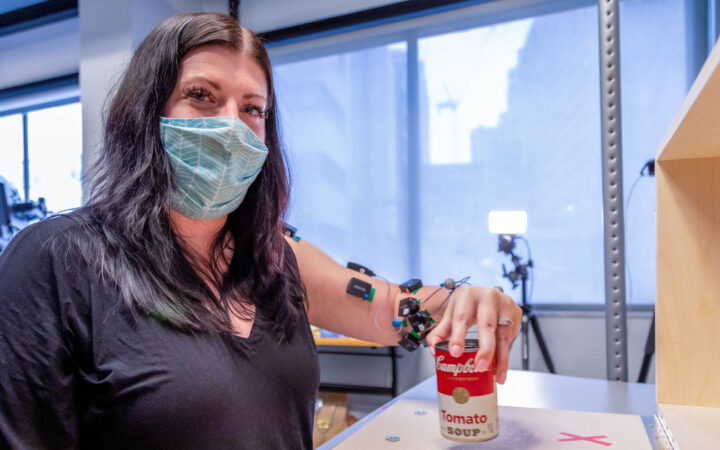 A new treatment could restore some mobility in people paralyzed by strokes
A new treatment could restore some mobility in people paralyzed by strokes 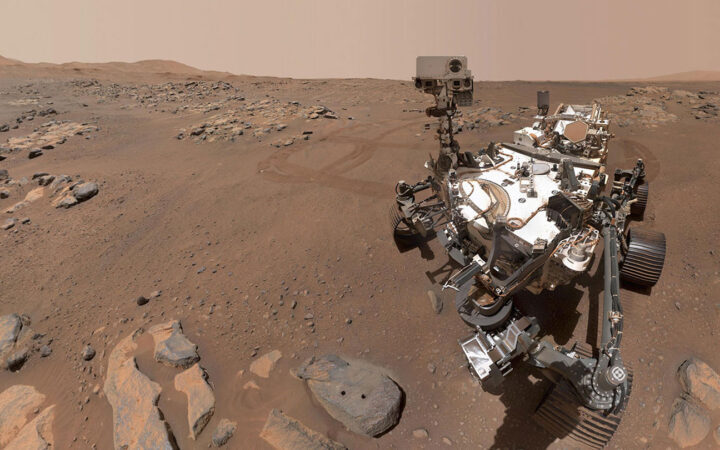 What has Perseverance found in two years on Mars?
What has Perseverance found in two years on Mars? 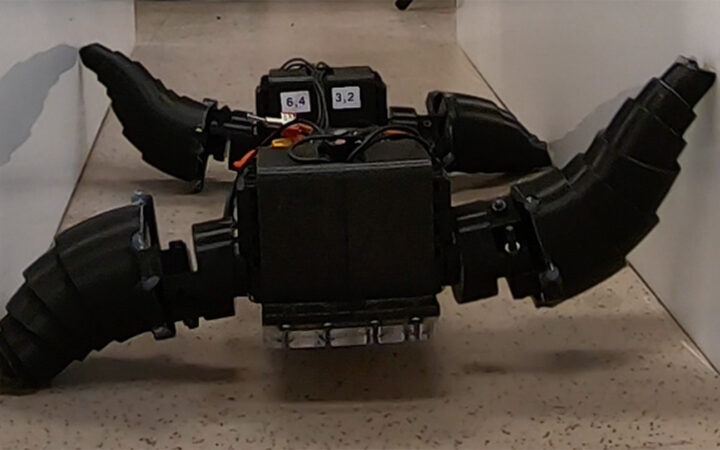 This robot automatically tucks its limbs to squeeze through spaces
This robot automatically tucks its limbs to squeeze through spaces  Greta Thunberg’s new book urges the world to take climate action now
Greta Thunberg’s new book urges the world to take climate action now 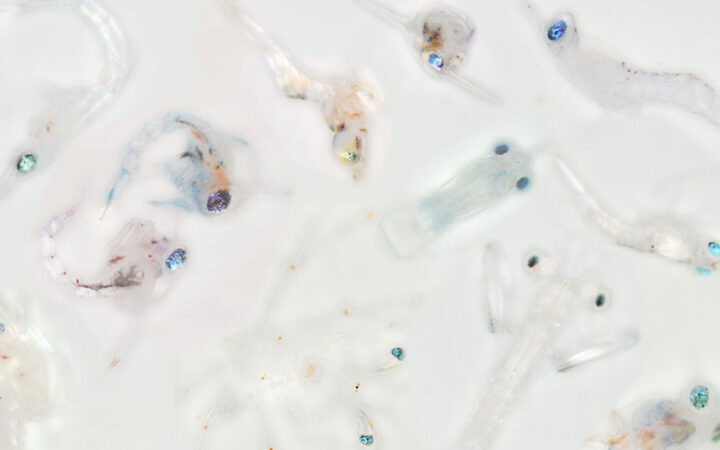 Glassy eyes may help young crustaceans hide from predators in plain sight
Glassy eyes may help young crustaceans hide from predators in plain sight 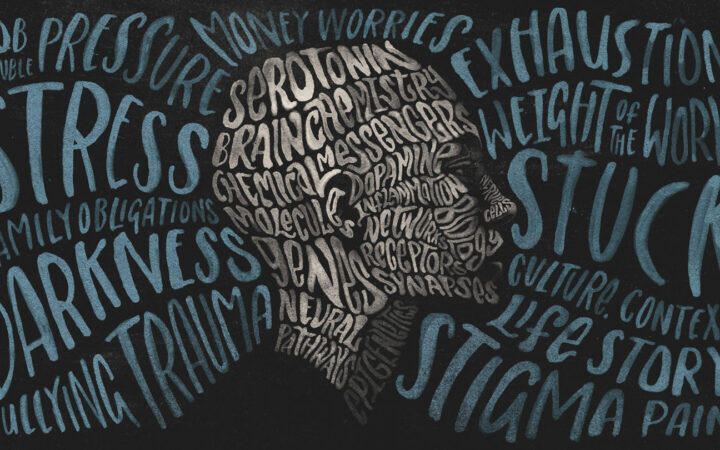 A chemical imbalance doesn’t explain depression. So what does?
A chemical imbalance doesn’t explain depression. So what does?